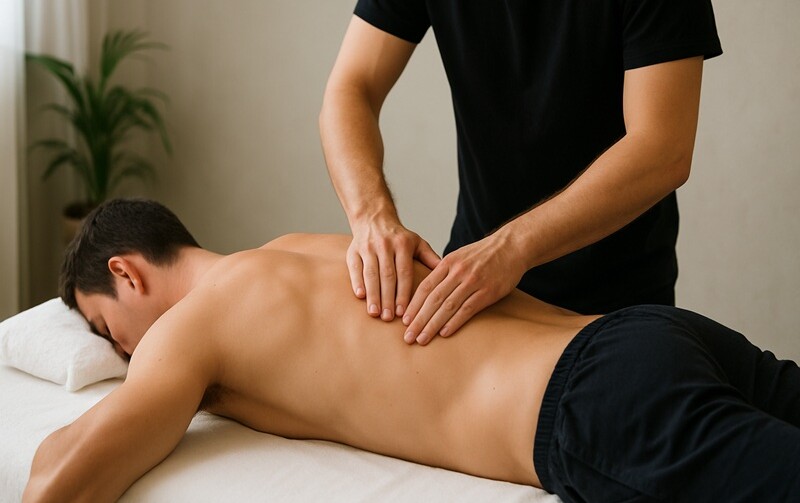Active Recovery Techniques
Instead of complete rest, low-intensity movement increases blood flow to fatigued muscles and accelerates nutrient delivery. Incorporating active recovery into your routine helps clear metabolic waste products like lactate and reduces delayed onset muscle soreness (DOMS).
Plan a brisk walk, light cycling, or body-weight circuit on your off-days to stay limber without overloading your system.
Foam Rolling
Self-myofascial release with a foam roller targets tight spots in muscle tissue. By applying sustained pressure, you break up adhesions and improve range of motion.
Roll slowly over each muscle group—spend 1–2 minutes per area—focusing on tender points. Follow up with static holds to deepen the stretch.
Dynamic Stretching
Dynamic stretches gently move muscles through their full range of motion, stimulating blood flow and neuromuscular activation. Examples include leg swings, arm circles, and walking lunges.
Perform 8–10 repetitions per movement, maintaining controlled speed. This prepares joints and connective tissue for future training loads.
Nutrition for Muscular Repair
What you eat after exercise directly influences muscle protein synthesis and glycogen replenishment. Timing and macronutrient balance are key to maximizing adaptation and minimizing fatigue.
Aim to consume a recovery meal or shake within 30–60 minutes post-session to leverage the “anabolic window.”
Protein Intake
Protein provides the amino acids necessary for repairing muscle fibers stressed during resistance and endurance work. Target 0.25–0.30 g per kilogram of body weight in your post-workout snack.
Fast-absorbing sources—like whey protein or yoghurt—deliver leucine-rich amino acids that trigger muscle protein synthesis most effectively.
Carbohydrates and Glycogen Replenishment
High-intensity workouts deplete glycogen stores in muscles and liver. Pair protein with 0.5–0.7 g of carbohydrates per kilogram of body weight to restore levels and fuel subsequent training.
Opt for low-fiber, high-glycemic carbs immediately post-exercise—such as bananas, rice cakes or sports drinks—for rapid absorption.
Hydration and Electrolyte Balance
Fluid losses during exercise can impair performance and recovery. Rehydration strategies should replace both water and electrolytes lost through sweat to maintain cellular function and circulation.
Monitor urine color (aiming for pale yellow) and weigh yourself before and after workouts to estimate fluid loss.
Water vs. Electrolyte Drinks
Plain water suffices for light to moderate sessions under 60 minutes. For longer or high-sweat workouts, a drink containing sodium, potassium and magnesium can help restore electrolyte balance.
Homemade solutions—water with a pinch of salt and a squeeze of citrus—provide a low-cost alternative to commercial sports drinks.
Timing and Volume
Rehydrate gradually: replace 1.25–1.5 times your measured fluid loss over the next 2–4 hours to avoid gastrointestinal discomfort.
Small, frequent sips are more effective than chugging large volumes, which can lead to hyponatremia if electrolytes aren’t balanced.
Therapeutic Modalities
Complement active and nutritional recovery with therapies that promote tissue repair, reduce inflammation and alleviate discomfort. These modalities accelerate return to training readiness.
Investigate which options fit your budget and schedule, and consider alternating methods to prevent adaptation.
Massage Services
Professional sports massage applies targeted pressure to break down scar tissue, improve circulation, and relieve muscle tightness. Regular sessions can enhance flexibility and reduce risk of strain.
Contrast Therapy
Alternating hot and cold exposures—such as hot showers followed by cold-water immersion—stimulates vasodilation and vasoconstriction, flushing metabolic byproducts from muscles.
A typical protocol involves 1–2 minutes in warm water (38–40 °C) followed by 30–60 seconds in cold water (10–15 °C), repeated for 3–5 cycles.

